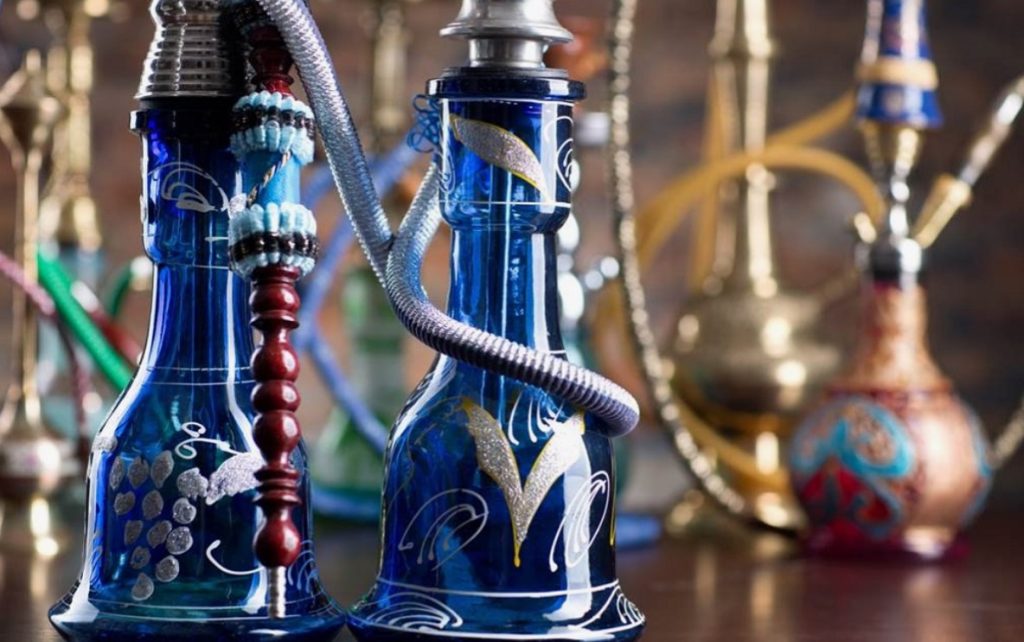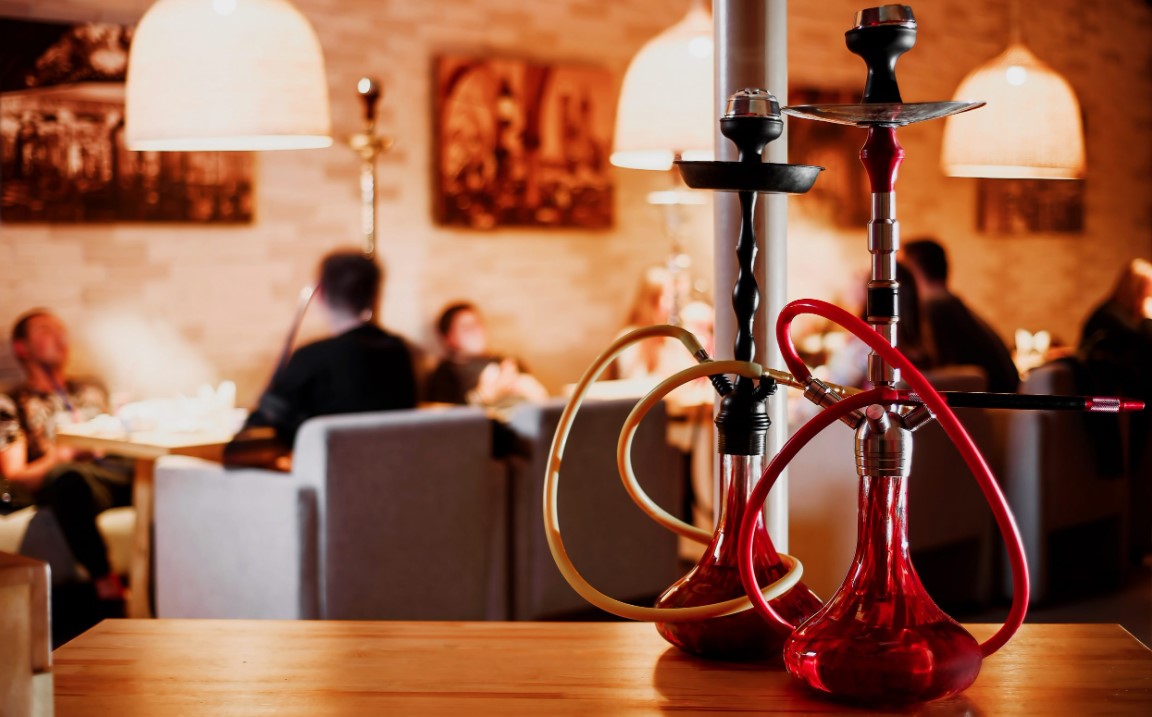Hookah tobacco, often referred to as shisha, is not merely a substance to be smoked but an art form that blends tradition, flavor, and a delicate balance of ingredients. The classification of hookah tobacco is a meticulous process, influenced by various criteria such as the strength of the tobacco, the type of tobacco leaf, and the type of mixture used. Understanding these classifications helps enthusiasts choose the right tobacco to suit their preferences and enhances the overall smoking experience.
Classification by Strength
The strength of hookah tobacco is a primary criterion for classification, catering to different preferences among users. Based on strength, hookah tobaccos are categorized into three main types:
1. Light Tobacco
Characteristics: These tobaccos have a low nicotine content and are suitable for beginners or those who prefer a milder smoking experience.
Flavor Profile: Light tobaccos typically offer smooth, gentle smoke that is easy on the throat and lungs. The flavors are often more subtle and less intense, making them perfect for casual smoking sessions.
Popular Varieties: Many fruit-flavored tobaccos fall into this category, providing a refreshing and enjoyable experience without overwhelming the senses.
2. Medium Tobacco
Characteristics: Medium-strength tobaccos strike a balance between mild and strong, making them suitable for regular smokers who want a bit more intensity without it being overwhelming.
Flavor Profile: These tobaccos often have a fuller flavor profile and moderate nicotine content. The smoke is denser, and the flavors are more pronounced, offering a richer experience compared to light tobaccos.
Popular Varieties: Flavors such as mint, mixed fruits, and dessert blends are commonly found in this category, offering a diverse range of options for different tastes.

3. Strong Tobacco
Characteristics: Strong tobaccos are rich in nicotine and provide a robust, intense smoking experience.
Flavor Profile: They are typically favored by experienced smokers who appreciate a potent and pronounced flavor. The smoke is thick, and the flavors are bold, often with complex undertones that develop throughout the session.
Popular Varieties: Traditional and spiced flavors, such as coffee, spices, and dark fruits, are popular in this category, offering a deep and satisfying experience.
Classification by Tobacco Leaf Variety
The type of tobacco leaf used is another essential criterion in classifying hookah tobacco. In the hookah industry, three main varieties of tobacco leaves are predominantly used:
1. Virginia Tobacco
Characteristics: Known for its mild, sweet taste, Virginia tobacco is a popular choice for its ability to absorb flavors well.
Flavor Profile: It is characterized by low strength and is often used in light and medium tobacco mixtures. The leaf’s sweetness complements a wide range of flavoring additives, creating a balanced and aromatic smoking experience.
Usage: Virginia tobacco is versatile and can be found in many flavored tobaccos, from fruity to minty blends, making it a staple in the hookah world.
2. Burley Tobacco
Characteristics: Burley tobacco leaves have lower sugar content, which allows for the creation of moderately strong tobacco blends.
Flavor Profile: It offers a pronounced aftertaste with notes of caramel and nuts, making it ideal for dessert, tea, and coffee flavors. The tobacco’s robustness enhances these flavors, providing a satisfying smoke.
Usage: Burley is often used in medium-strength mixtures, adding depth and complexity to the flavor profiles. Its ability to carry heavier flavors makes it a favorite among those who enjoy a richer smoking experience.
3. Oriental Tobacco
Characteristics: Oriental tobacco is used to create high-strength tobacco with a spicy aroma that is evident throughout the smoking session.
Flavor Profile: It contains a high amount of essential oils and absorbs moisturizers well, making it perfect for creating complex mixes. The spicy and aromatic qualities of Oriental tobacco add a unique dimension to the smoke.
Usage: This variety is indispensable for those seeking a strong, intense flavor profile in their hookah tobacco. It is often used in traditional and spiced blends, providing a distinctive and powerful smoking experience.

Types of Hookah Tobacco
When it comes to the main types of hookah tobacco, there are three primary categories, each with unique characteristics and preparation methods:
1. Muassel
Characteristics: Muassel is made from crushed and peeled tobacco leaves, with a low nicotine content being one of its defining features.
Flavor Profile: It is a popular choice for its smooth smoke and is often flavored with fruits, herbs, or other aromatic substances. The syrupy texture of muassel helps in producing thick smoke, enhancing the overall experience.
Usage: Muassel is ideal for casual smokers and those who enjoy experimenting with different flavors. Its low nicotine content makes it suitable for extended smoking sessions without overwhelming the smoker.
2. Tombak
Characteristics: Tombak consists of coarsely chopped or whole tobacco leaves and is known for its strong nicotine content.
Preparation: Preparation is crucial, as it often requires the separation of veins and soaking before use. This process helps in reducing the harshness and brings out the rich flavors of the tobacco.
Flavor Profile: Tombak offers a bright, rich taste and is favored by those who appreciate a more traditional, robust smoking experience. The unprocessed nature of the tobacco provides a raw and intense flavor.
Usage: Tombak is suited for experienced smokers who enjoy a potent smoke. It is often smoked in traditional hookahs and is less commonly flavored, focusing more on the natural tobacco taste.
3. Zhurak
Characteristics: Zhurak is distinctive due to its small leaf size and the addition of spices and molasses, which act as binding components.
Subtypes: In India, Zhurak is divided into subspecies such as Mitha (soft, female) and Kadva (strong, male), each offering unique flavor profiles.
Flavor Profile: The combination of spices and molasses provides a complex, flavorful smoke that is both aromatic and rich. The spices add an exotic dimension, making each puff an experience in itself.
Usage: Zhurak is perfect for those who enjoy intricate and layered flavors. It is often used in traditional settings and is prized for its unique taste and cultural significance.
Choosing the Right Hookah Tobacco
Selecting the appropriate hookah tobacco involves considering several factors to ensure an enjoyable smoking experience:
1. Tobacco Strength
Considerations: Determine your preferred nicotine level and choose tobacco accordingly. Look for labels indicating whether the tobacco is “washed,” which lowers the strength by reducing nicotine content through processing.
Preference: Beginners or casual smokers might prefer light or medium tobaccos, while experienced smokers might lean towards stronger blends.
2. Smokiness
Importance: A good hookah tobacco should produce thick, dense smoke. Mixtures with sufficient syrup content typically ensure a smoky and enjoyable session.
Indicator: Thick smoke is often a sign of high-quality tobacco and a well-balanced mixture.
3. Heat Resistance
Considerations: Tobacco with high heat resistance is less likely to burn, maintaining the integrity of the flavor throughout the smoking session. This is a critical factor, as burned tobacco can result in an unpleasant taste and experience.
Preference: Choosing tobacco with good heat management properties can enhance the smoking experience, preventing harshness and ensuring smooth, flavorful smoke.
4. Slicing
Importance: Fine chopping of the tobacco leaf is generally preferred, as it simplifies preparation and ensures even burning. Coarsely chopped or whole leaves may require additional preparation, but they can offer a more traditional experience for those willing to put in the effort.
Indicator: Small leaf cuts are usually easier to handle and provide a consistent smoke, making the preparation process more straightforward.
The Cultural Significance of Hookah
Hookah smoking is not just about the tobacco; it is a cultural experience that has been practiced for centuries. Originating in the Middle East and South Asia, hookah smoking has spread worldwide, becoming a social activity enjoyed by many.
1. Social Aspect
Hookah smoking is often a communal activity, bringing people together to share flavors and enjoy each other’s company. The process of preparing and smoking hookah is ritualistic, fostering a sense of camaraderie and relaxation.
Hookah lounges and cafes are popular social hubs where friends and strangers alike gather to enjoy the experience together.
2. Traditional Practices
In many cultures, hookah smoking is deeply rooted in tradition. It is often associated with hospitality and is a common practice during celebrations and gatherings.
The preparation and presentation of hookah are considered an art, with meticulous attention to detail and quality.
3. Modern Adaptations
Today, hookah smoking has adapted to modern preferences, with a vast array of flavors and innovative accessories available. This evolution has made hookah accessible to a broader audience, blending traditional practices with contemporary trends.
Conclusion
The classification of hookah tobacco is a nuanced process that takes into account various criteria, including strength, tobacco leaf variety, and type of mixture. Understanding these classifications helps smokers choose the right tobacco to suit their preferences, enhancing the overall experience. Whether you prefer a mild, sweet Virginia, a robust Burley, or a spicy Oriental, the world of hookah tobacco offers a rich tapestry of flavors and strengths to explore. By considering factors such as smokiness, heat resistance, and slicing, enthusiasts can select the perfect tobacco for an enjoyable and satisfying hookah session.
Furthermore, appreciating the cultural significance of hookah smoking adds depth to the experience, connecting smokers to centuries-old traditions and social practices. As hookah continues to evolve, it remains a beloved pastime that bridges the gap between ancient customs and modern enjoyment.

I am an accomplished coder and programmer, and I enjoy using my skills to contribute to the exciting technological advances that happen every day.
